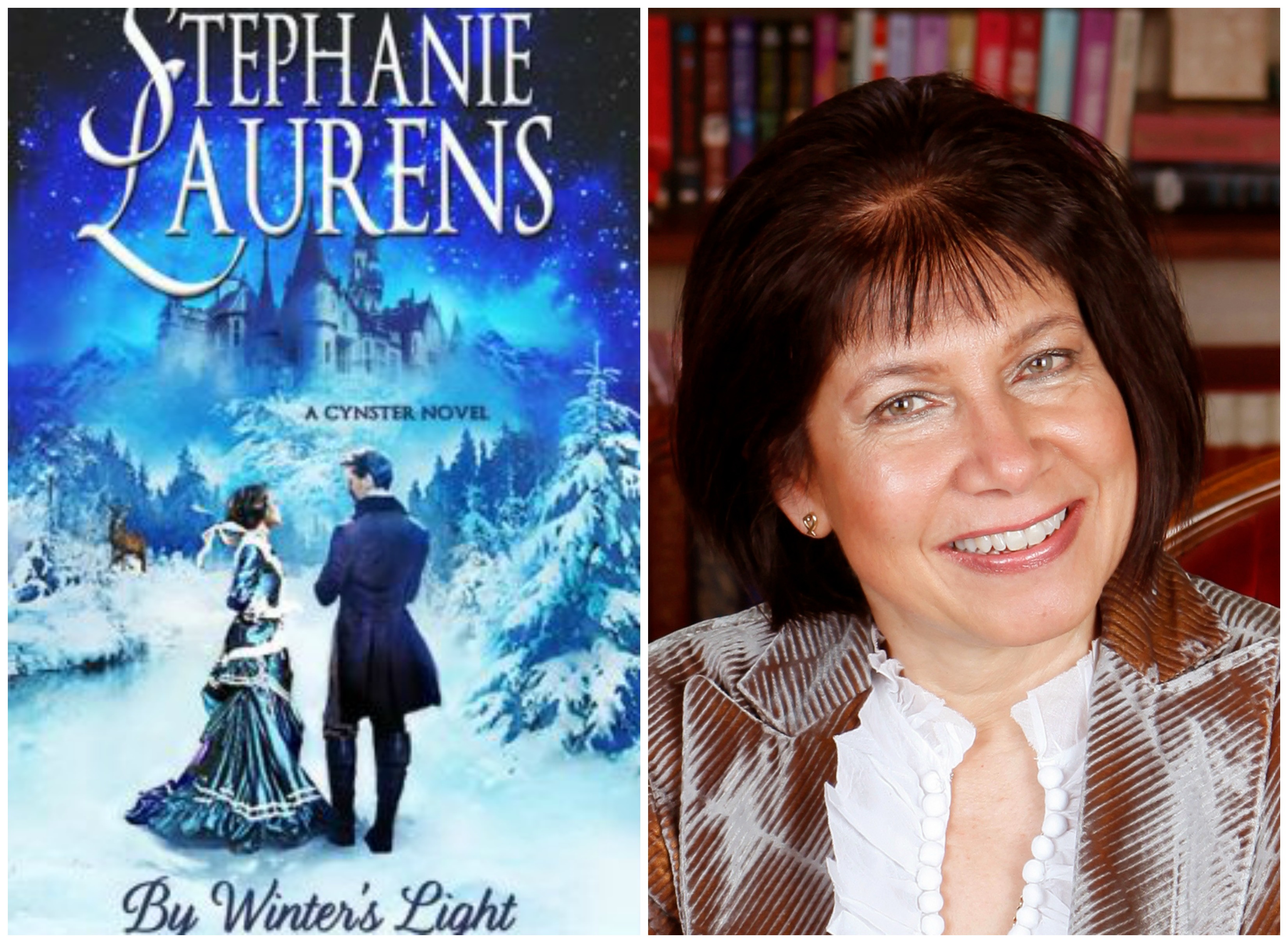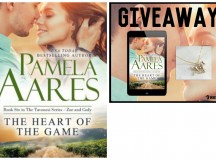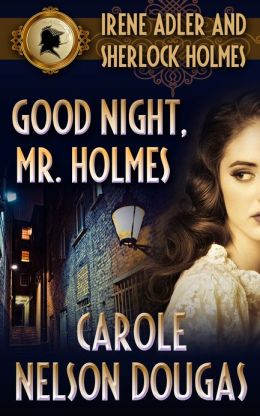
 Anyone who reads Stephanie Laurens’ Cynster family romances knows that—besides wild passion, thrilling adventure, and strong Cynster heroes (and their equally strong heroines!)—devotion and loyalty to family is a key ingredient. Where and when better, then, to start the chronicles of the next generation of dynamic Cynsters than during the holidays…and in untamed, romantic Scotland?
Anyone who reads Stephanie Laurens’ Cynster family romances knows that—besides wild passion, thrilling adventure, and strong Cynster heroes (and their equally strong heroines!)—devotion and loyalty to family is a key ingredient. Where and when better, then, to start the chronicles of the next generation of dynamic Cynsters than during the holidays…and in untamed, romantic Scotland?
Here’s what inspired Stephanie in telling this exciting tale; and a few of the fascinating holiday tidbits she discovered and included along the way.
INTERVIEW WITH STEPHANIE ON BY WINTER’S LIGHT
BY WINTER’S LIGHT is an unabashedly holiday-themed novel. How did that come about?
The concept was fortuitously created by the characters, rather than being a deliberate choice made by me. In the Epilogue of the preceding Cynster novel, The Taming of Ryder Cavanaugh, the older group of children go off to discuss some topic—and the most obvious subject I could imagine them discussing was where to hold their family Christmas gathering later that year. The older group is dominated by males, and of course they would vote for a Christmas in Scotland, where they could ride in forests and hunt—and thus BY WINTER’S LIGHT, the Cynster holidays of 1837, held at Richard and Catriona’s manor in the Vale of Casphairn in snowy Scotland, came to be!
So who will we meet in BWL?
One of the joys of a long-running series is readers’ feelings of returning to places and people they’ve come to know. In the case of the Cynster Next Generation, the children of the Bar Cynster couples, readers know who they are, but have seen very little of them. And as we all know, actions speak much louder than words about the caliber of people, of who they really are beneath the outer glamor. In BY WINTER’S LIGHT, readers see Lucilla, Marcus, Sebastian, Michael, Prudence, and Christopher in action, responding to external pressures and threats, and separately readers also learn more about Louisa and her emerging character—though they’re not all quite ready for that challenge of finding love and marrying…
Also, I think it’s a good change of pace to offer readers a glance at characters who are not at the very top of the social tree. And so, enter Daniel and Claire, who are governess and tutor to our rising generation. Daniel is the son of a minister, and Claire is a well-born lady in reduced circumstances after being widowed. There was plenty of material for a romance between them, and, simultaneously, their positions as governess and tutor to the Cynster children meant those children would also feature.
There are a multitude of traditional holiday customs described in the book, some very familiar, others less so. How did you choose which ones to include?
One of the benefits of setting the novel in an isolated part of the Scottish countryside in that period, featuring a large family that is primarily Church of England by birth, but having deep local roots, was that I could draw on all prevailing traditions – so while some of the customs described are clearly Christian-based, some reflect the influx of Nordic invaders over earlier centuries, and others hail from even earlier pagan, Druidic, and folk traditions.
I was surprised to discover that the Scottish Kirk, which is Presbyterian, and at that time was severely Calvinist, actively discouraged all celebration of Christmas. It was a holy day on the calendar, but celebrations were considered frivolous, and in many towns in Scotland, Christmas Day was a normal work-day. Luckily, the southwestern uplands in which the Vale of Casphairn is located are extremely isolated, and it takes no stretch of the imagination to see the local people following their own traditions regardless of any edict from afar. Scots are rather an independent lot!
And now to the festivities!
Christmas Traditions in Scotland
Sun Cakes…to shortbread
These were derived from the Vikings, but also may have pagan roots. The original sun cakes were cakes baked in a ring, with lines marked on the upper surface radiating outward from the hole in the center. The lines signified the sun’s rays, and eating the cake on or about the winter solstice was intended to call the sun back into people’s lives. But the Scots, possibly because they didn’t have the right ingredients for cake, converted the cake to shortbread – so the modern version of Scottish sun cakes are plate-sized shortbread with a circle drawn in the center (the sun) with lines of varying length radiating outward. Most people today think the lines are simply convenient divisions for dividing the large circular shortbread into wedges – but no! The lines are the sun’s rays, and by eating that shortbread in the dead of winter, you are calling the sun back into your life.
Carolling, Wassail, and Egg-nog
 Carolling, also known as wassailing, was widely popular, more a folk tradition than anything else. Carollers were rewarded with a tot of wassail – spiced ale – at each house they entertained at, to help keep the icy cold at bay as they walked to the next house. Egg-nog was a common festive drink shared with others, like a winter punch, and may have Nordic roots. Based on egg and milk, it could be laced with anything alcoholic – in those times beer, cider, wine, and spirits were all used.
Carolling, also known as wassailing, was widely popular, more a folk tradition than anything else. Carollers were rewarded with a tot of wassail – spiced ale – at each house they entertained at, to help keep the icy cold at bay as they walked to the next house. Egg-nog was a common festive drink shared with others, like a winter punch, and may have Nordic roots. Based on egg and milk, it could be laced with anything alcoholic – in those times beer, cider, wine, and spirits were all used.
Hanging Mistletoe
And kissing under it, is likely a pagan-folk custom, and a very old one. However, the specifics – such as from when and for how long the mistletoe is “active” – vary between communities. One of the additional twists that I’ve described in this book is that in some areas, in order for a man to claim a kiss from a woman under a sprig of mistletoe, the sprig had to be carrying berries, and for each kiss, the man had to pluck a berry, thus limiting the ‘activity’ of each sprig to the number of berries it carried.
Where’s my Christmas tree??
 Decorating Christmas trees was a German custom. In the early 1800s, the only major house in England that sported a Christmas tree was the Duchess of Rutland’s household at Belvoir Castle (the Duchess was German). Only much later, after the marriage of Queen Victoria, (whose ancestry was primarily German) to Albert (also German, and who introduced the custom of Christmas trees to the royal household), did the custom of Christmas trees become widely adopted in England.
Decorating Christmas trees was a German custom. In the early 1800s, the only major house in England that sported a Christmas tree was the Duchess of Rutland’s household at Belvoir Castle (the Duchess was German). Only much later, after the marriage of Queen Victoria, (whose ancestry was primarily German) to Albert (also German, and who introduced the custom of Christmas trees to the royal household), did the custom of Christmas trees become widely adopted in England.
The Feast of St. Stephen and the ritual of Boxing Day (Dec. 26)
I suspect few today realize that Boxing Day was actually about making up boxes of gifts for estate workers, at least in the English tradition.
If there was one thing you could say to readers when they pick up BY WINTER’S LIGHT, what would it be?
Put your feet up, kick back and relax, and enjoy the holidays Cynsters-style!
*Stock images, BigStock.










